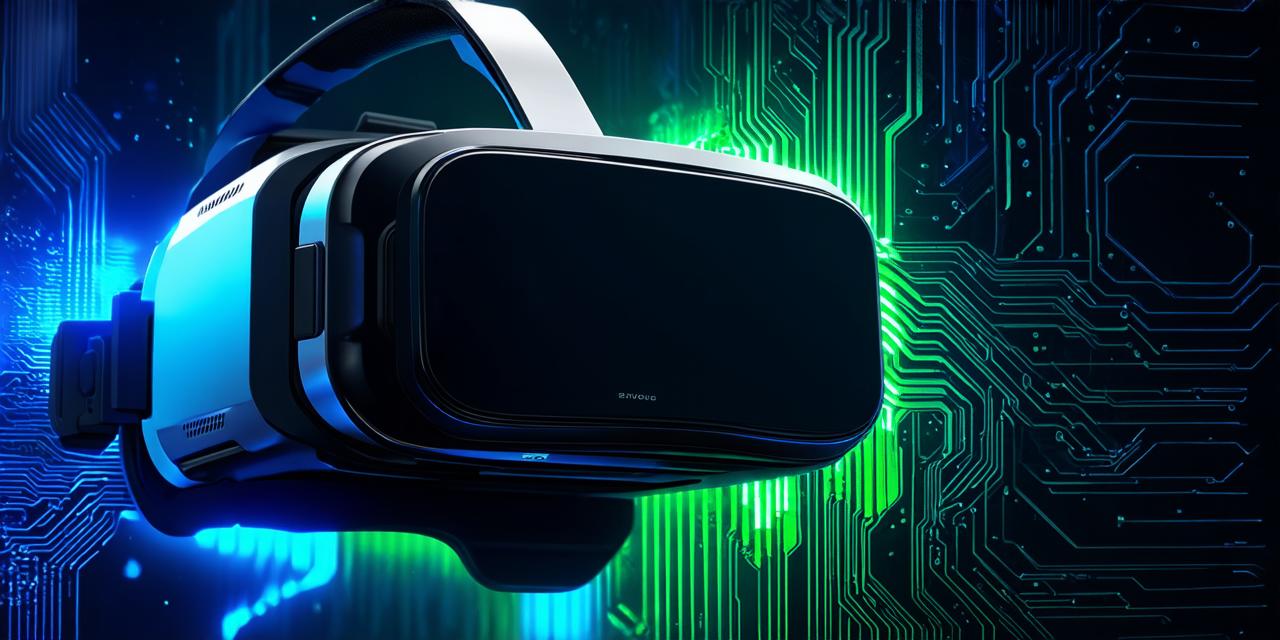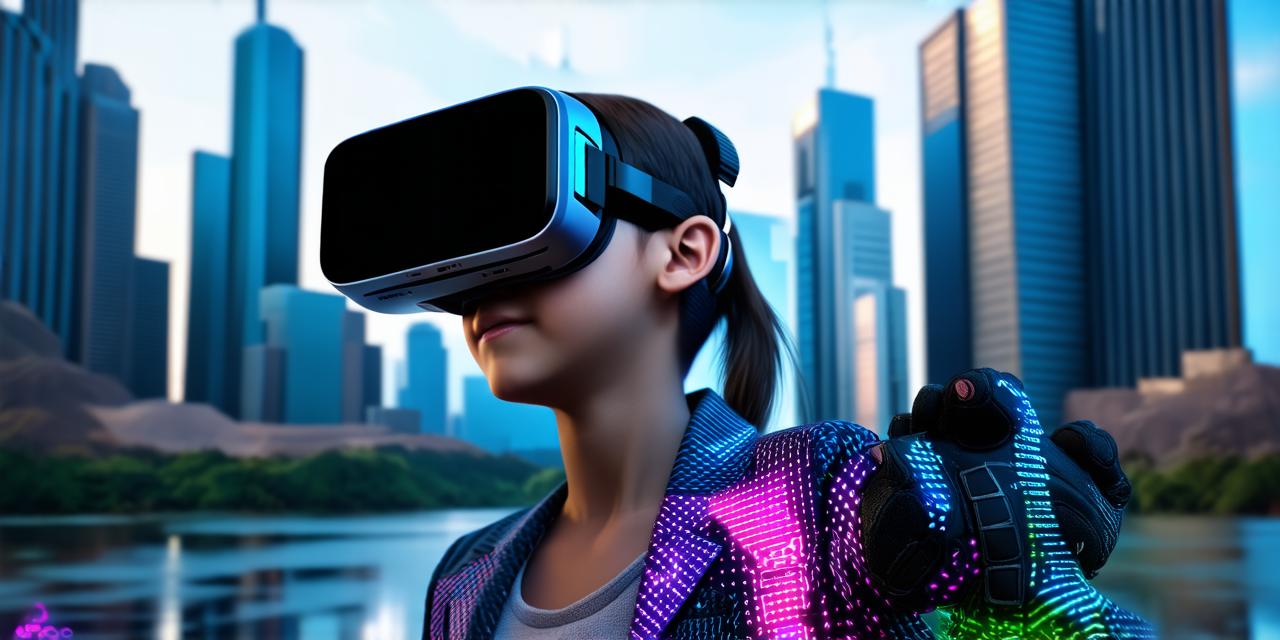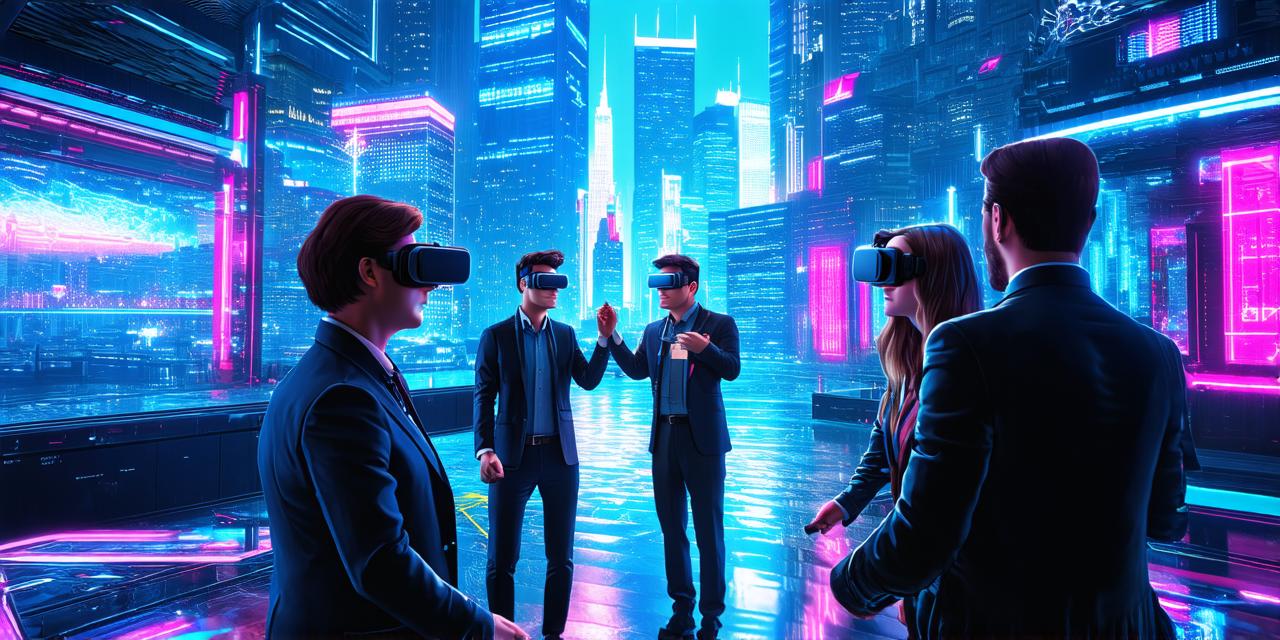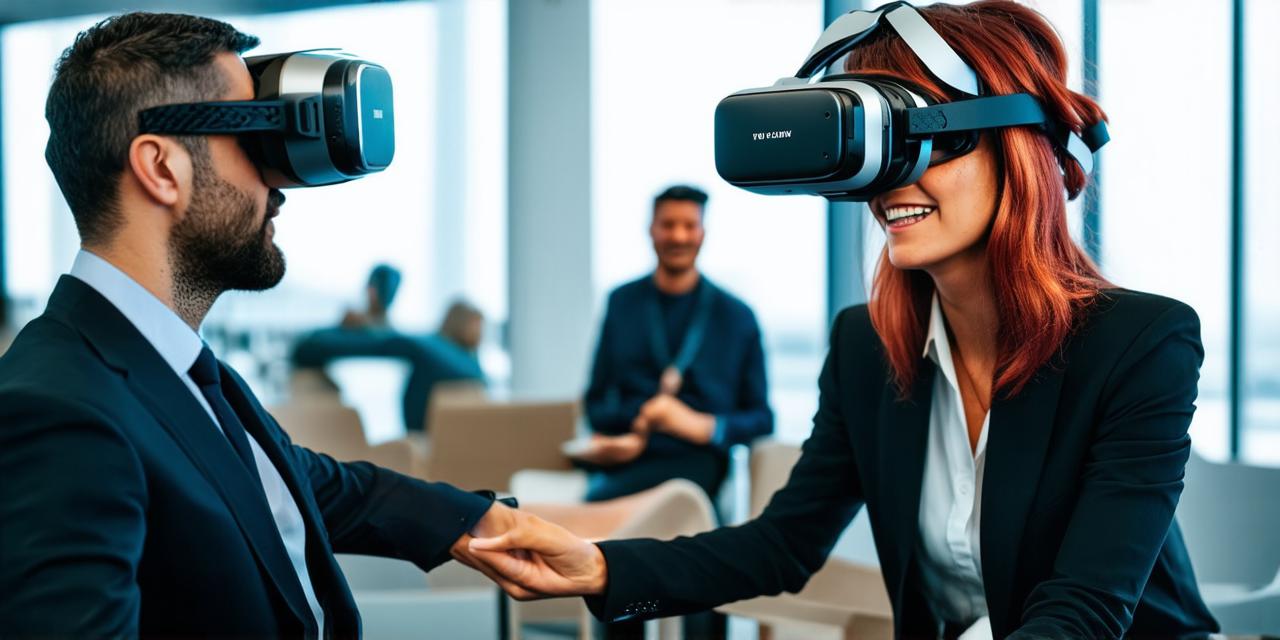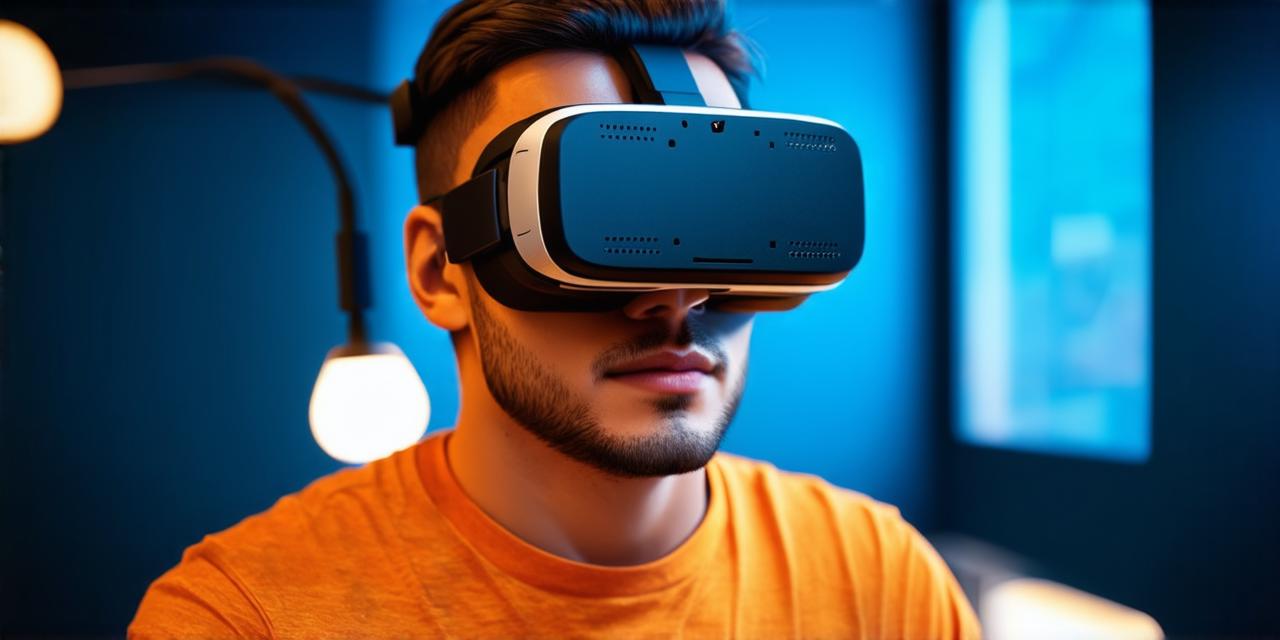Virtual reality (VR) is a rapidly growing technology that offers an immersive experience to users. However, marketing VR can be challenging as it is a relatively new technology and requires specialized knowledge to effectively reach the target audience. In this guide, we will explore how AR developers can market virtual reality to maximize its potential and reach a wider audience.
1. Understand Your Target Audience
The first step in marketing VR is to understand your target audience. It’s essential to identify who your ideal customer is and what their needs are. For example, if you’re developing a VR experience for gaming enthusiasts, your target audience would be gamers. On the other hand, if you’re creating a VR experience for healthcare professionals, your target audience would be medical professionals.
Once you have identified your target audience, it’s crucial to create content and messaging that resonates with them. This will help you attract the right customers and increase engagement.
2. Create Compelling Content
Creating compelling content is key to marketing VR. You need to produce high-quality content that showcases the benefits of your VR experience. This can include videos, images, and written descriptions that highlight how the VR experience will benefit the user.
It’s important to keep in mind that users have a short attention span, so you need to make sure your content is engaging and concise. Using visuals such as images and videos can be particularly effective in capturing users’ attention.
3. Utilize Influencer Marketing
Influencer marketing is an effective way to reach a wider audience and increase brand awareness. By partnering with influencers in your industry, you can tap into their existing fan base and reach new customers.
For example, if you’re developing a VR experience for gamers, partnering with gaming influencers can help you reach a larger audience and increase engagement. Similarly, if you’re creating a VR experience for medical professionals, partnering with healthcare influencers can help you reach a wider audience and increase brand awareness.
4. Optimize Your Website for SEO
Search engine optimization (SEO) is crucial in marketing VR as it helps to improve your website’s visibility on search engines. By optimizing your website for SEO, you can attract more traffic to your site and increase engagement.
Some effective SEO techniques include using relevant keywords in your content, creating high-quality backlinks, and optimizing your website’s metadata. It’s also important to ensure that your website is mobile-friendly as many users will be accessing your VR experience on their smartphones or tablets.
5. Leverage Social Media
Social media is an effective way to reach a wider audience and increase brand awareness. By creating social media profiles for your VR experience, you can engage with users and promote your content.
It’s important to use the right social media platforms that are popular among your target audience. For example, if you’re developing a VR experience for gamers, using social media platforms such as Twitch or Discord can be particularly effective. Similarly, if you’re creating a VR experience for healthcare professionals, using social media platforms such as LinkedIn can help you reach a wider audience.
6. Attend Industry Events
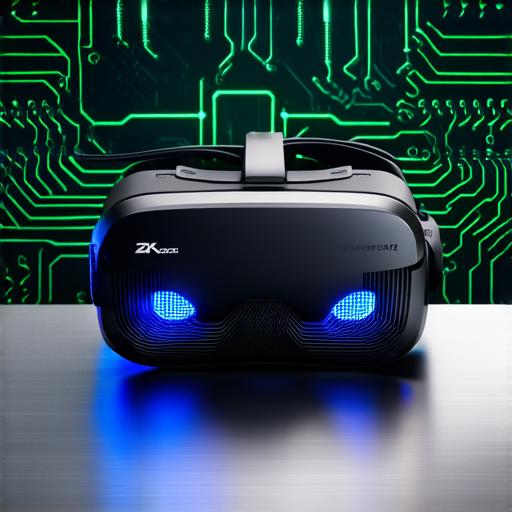
Attending industry events is an excellent way to showcase your VR experience and connect with potential customers. By attending conferences, trade shows, and other industry events, you can network with other professionals in your field and promote your VR experience.
It’s important to ensure that you have a clear message and value proposition for your VR experience when attending industry events. This will help you stand out from the competition and attract potential customers.
